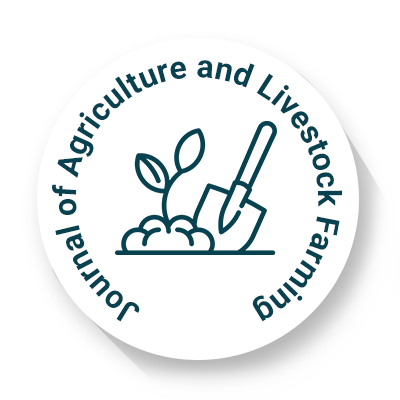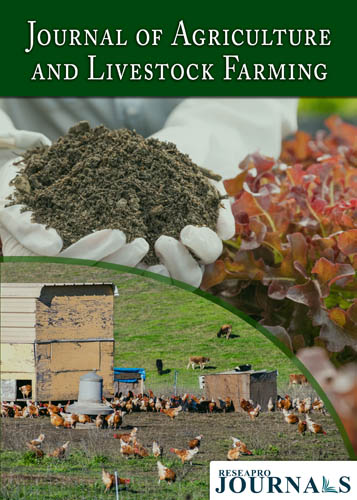
Journal of Agriculture and Livestock Farming
OPEN ACCESS

OPEN ACCESS

Rice (Oryza sativa L.) significantly contributes to greenhouse gas (GHGs) emissions and environmental nitrogen losses. Carbon dioxide emissions reach 36.8 billion tons annually, while methane emissions total 580 million tons per year, with 60% from human activities. Rice serves as a fundamental food source for 3 billion individuals. Innovative and sustainable management of rice fields is necessary to increase yields. This review explores the potential benefits and limitations of rice-animal co-culture (CRA). It addresses key questions about the impact of co-culture on farm profitability, water quality, and GHGs, highlighting its ecological, economic, and social advantages such as increased farm productivity, improved resource utilization, enhanced biodiversity, and reduced GHGs. However, barriers to adoption include a lack of extension programs and farmer's concerns about drought risks. Misuse of the system, such as unbalanced nutrient application can degrade water quality and reduce profitability. Further research on the effects of CRA under different climates and on-field conditions is essential, and extension programs that require policy and technical support from public and private organizations are required to promote widespread adoption.